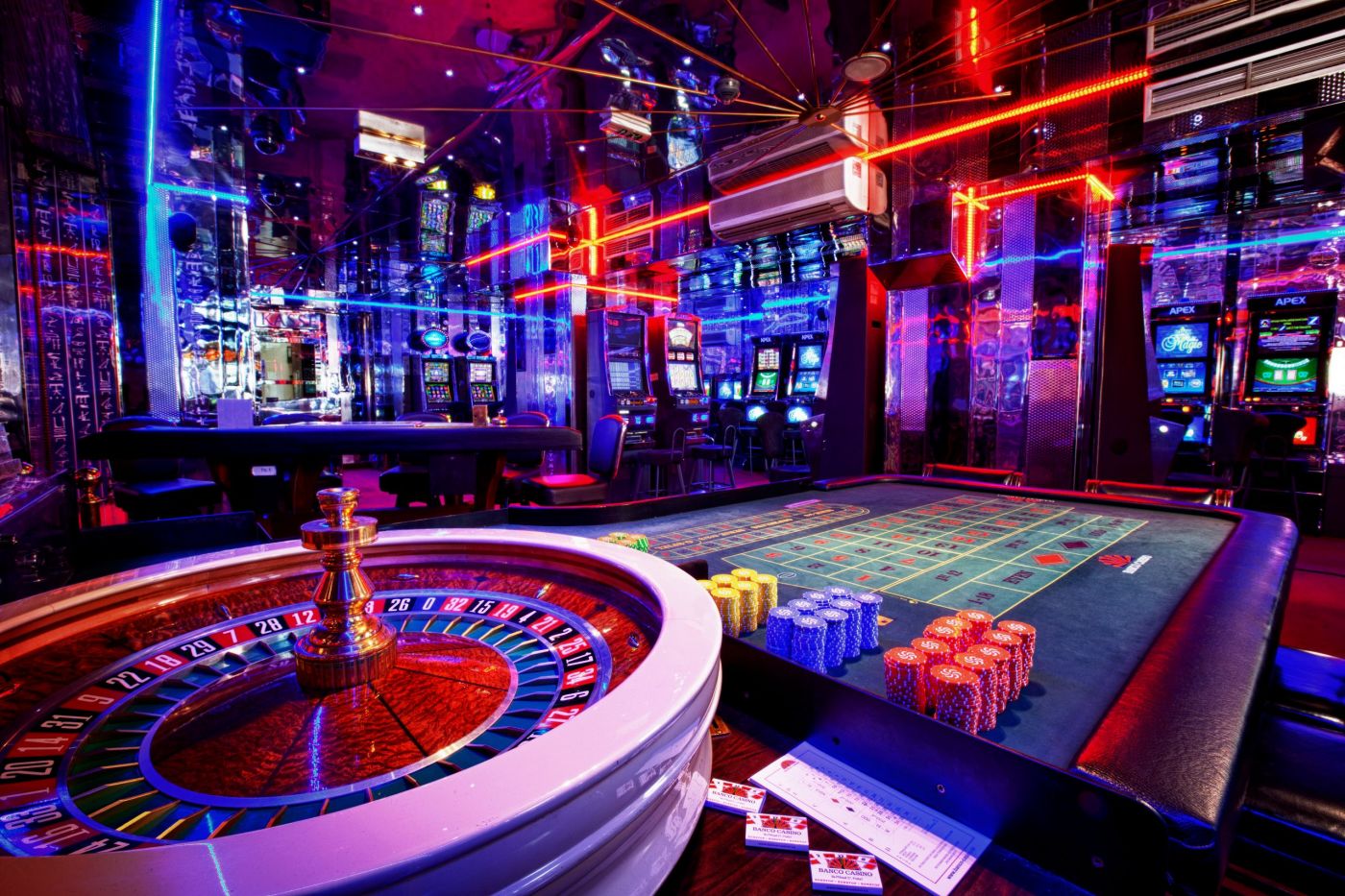
In a lively and thrilling world of casinos, where luck and tactics intertwine, hues and aesthetic play a key role in attracting players. As soon as visitors step into a casino or access a gaming platform, they are immersed in a visual feast that captures their attention and entices them to explore more. Bright colors, engaging graphics, and innovative layouts are meticulously crafted to create an atmosphere of thrill and expectation, ultimately enhancing the gaming encounter.
While gamblers navigate through the ever-changing landscape of casino games, they encounter a range of designs that not only serve aesthetic purposes but also influence emotions and decision-making. Colors like red and gold symbolize wealth and luck, while soothing navy and emeralds can create a more tranquil environment. Understanding how these elements function together enables casinos to create an welcoming and energizing atmosphere that encourages players to engage with the games, spend more time at the tables, and increase their overall enjoyment.
The Psychology of Color in Gambling Games
Hue plays a critical role in the design of gambling games, influencing player emotions and behaviors. Bright and vibrant colors, such as scarlet and gold, are often used to ignite enthusiasm and attract notice. These shades create a sense urgency and dynamism, encouraging gamblers to participate more eagerly with the game. By strategically selecting colors, creators aim to evoke feelings of joy and expectation, which can enhance the overall gaming experience.
Distinct hues also have psychological associations that can influence how gamblers perceive their chances of victory. For example, emerald is often associated with luck and wealth, making it a well-liked choice in games like the roulette wheel and poker tables. This connection can cause participants to feel more optimistic and confident in their play, ultimately encouraging them to wager more. Comprehending these associations allows game designers to craft environments that enhance player enjoyment and loyalty.
In addition, the layout of casino game interfaces often employs blended colors and differing hues to guide players’ responses. For example, successful combinations may be accentuated with striking, differing colors, creating a visual incentive. This technique reinforces successful results and promotes repeated participation. By utilizing the science of color, gambling establishments can create activities that not only draw players but also maintain them interested and dedicated in their play experience.
Creative Elements that Engage Players
The aesthetic appeal of gambling games is largely influenced by the implementation of bold colors. Lively and striking colors are deliberately chosen to create an inviting atmosphere that captures interest. For instance, crimson and golden hues often signify luck and wealth, which is why they are prevalent in the color schemes of gaming machines and game surfaces. These colors not only attract players in, but they also evoke emotions associated with excitement and expectation, enhancing the overall gaming experience.
In parallel to color, the design and organization of gambling games play a crucial role in player attraction. Games are designed to be intuitive, ensuring that players can easily understand the rules and gameplay. Accessible interfaces, along with engaging graphics and animations, help maintain player interest and encourage longer play sessions. The physical elements, such as the texture of the controls and the sounds of the games, also contribute to a comprehensive sensory experience that keeps players immersed.
In conclusion, conceptual elements in gaming design can significantly influence gaming decisions. Many gambling games are inspired by media, fairy tales, or exploration motifs, featuring symbols and characters that connect with players. These themes create a sense of immersion and connection, making each game feel distinct. When players feel a connection to the theme, they are more likely to opt for that game over others, leading to increased participation and enthusiasm within the gambling environment.
Case Studies: Effective Gambling Table Game Designs
One noteworthy example of effective casino game design is the well-known slot machine series themed around hit movies. Games such as those based on the Wizard of Oz and Game of thrones utilize bright colors and high-quality graphics to immerse players in well-known narratives. The employment of lively visuals and entertaining sound effects captures the focus of players, building an emotional connection to the theme. This strategy not only encourages longer play but also enhances the overall gaming experience, leading to increased player retention.
Another effective case is the use of the psychology of color in table games like 21 and the wheel. Casinos often develop these games with dark reds and greens, colors traditionally associated with luck and wealth. For instance, the green felt on a 21 table provides a soothing effect, while the crimson accents in the wheel invite anticipation. This deliberate use of color helps to establish an inviting atmosphere that stimulates players to join in, satisfying their psychological impulses and boosting their enjoyment.
Finally, online casino games that include community features and vivid, dynamic designs have experienced remarkable success in engaging players. Games like Zynga Poker and Slot-O-Mania leverage vivid colors and playful animations to forge an inviting online environment. The inclusion of leaderboards, social sharing options, and in-game rewards encourages competition and community, pulling players in for longer sessions. UK casino not on GamStop Such designs not just make the games visually attractive but also underscore social interaction, a crucial factor in player retention and engagement within online casino environments.